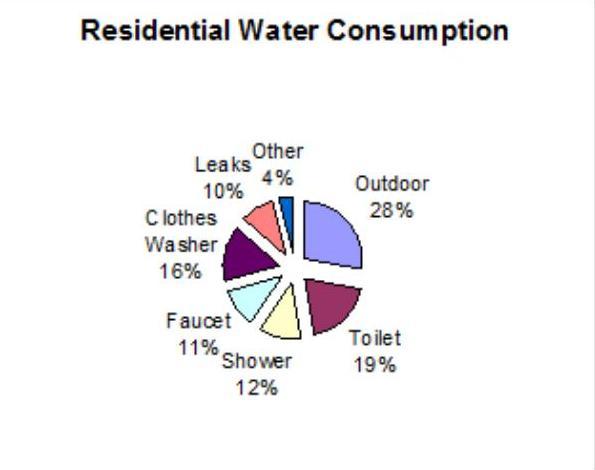Quick Answer:
Water conservation is the reduction in use of water through a variety of methods. Most households waste water through inefficient plumbing, leaks, clothes washing machines, and over watering the landscape.
It is estimated that about 30% of total household water use is outdoors. Of that 30%, 40 to 70% is used to irrigate the landscape; a staggering 9 billion gallons of water used per day.
Conserving water will:
- Reduce pollution of water bodies and aquifers



